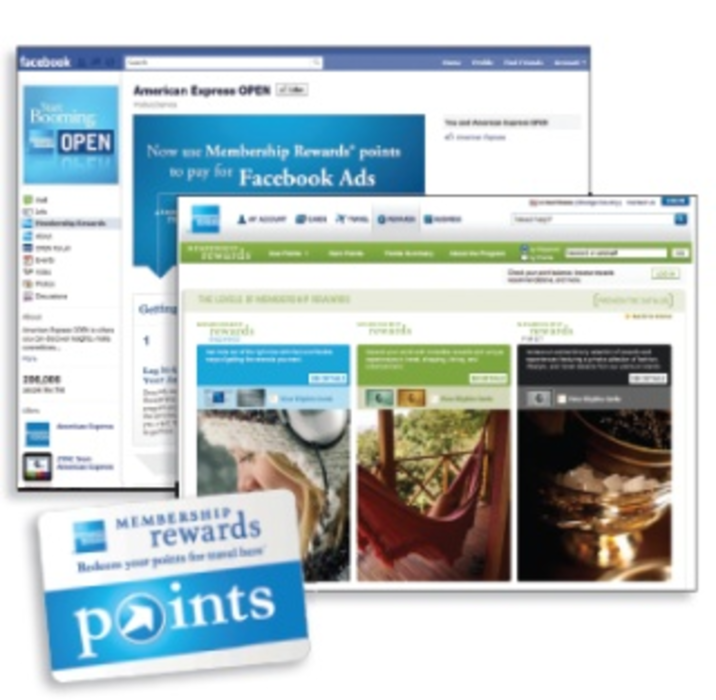There was a time when customer loyalty programs doled out rewards in the form of goodies stocked in a faraway warehouse. However, companies are increasingly moving the tracking and redemption of points — as well as the actual rewards themselves — online, with chains including CVS, Rite Aid and Dunkin’ Donuts making the leap. ?
The reason for the trend is simple: Companies are focusing their rewards programs online because that’s where their customers are. “People are online spending, so tying rewards to places like Amazon.com and Zynga and enabling them to use reward points by clicking a button makes it much easier,” says Elizabeth Crosta, VP of public affairs at American Express Co. “Ultimately for us, the more people redeem, the more customer loyalty we create.”?
Crosta stresses American Express is not trying to migrate all its Membership Rewards participants into an online program, but rather to provide as many reward channels as possible for its consumers. “Some people are more comfortable by phone, some at our MembershipRewards.com site and some go to our mobile Membership Rewards site, where they can buy gift cards with just two clicks,” she says. ?
Cost, including rising postal rates, is another factor. “It’s much more cost effective for us to do things on the Web,” says David Tryder, director of interactive and relationship marketing at Dunkin’ Donuts. “But it also lets us deliver a better customer experience.”?
While Dunkin’ Donuts does not yet let customers redeem points online, consumers can use the chain’s website to register their loyalty cards, monitor their points and earn double “Dunkin’ Dollars” when they opt to have their prepaid Dunkin’ Donuts cards automatically replenished through their bank accounts. ?
With a rewards Web page, a retailer has the added benefit of targeting messages to its customers, as Tryder points out. “We have a system to geo-target information so we can ensure we’re really optimizing the relevance of messages,” he says. “People on the East Coast have grown up with Dunkin’ Donuts, but people in the Midwest and the West may not have. So for us it’s about providing messages that are more relevant for each group.”?
Carlos Dunlap, project director of loyalty consulting at St. Petersburg, Fla.-based Kobie Marketing, whose clients include the AMC Theatres chain and Royal Bank of Canada, notes that a rewards site also facilitates the gathering of customer information. “It enables you to reach out to them before they’re at the point of sale — whether it’s a restaurant, store or theater — and drive certain behaviors,” he says. ?
Dunlap cautions that not every consumer wants to access his or her rewards program or points via the Web. “Thanks to technology, you can also use text messages or mobile apps, as well as point of sale,” he says. ?
Not only are rewards programs migrating to the Web, so are the actual rewards themselves.?
In addition to a deal with Zynga that allows customers to use points for Farmville and other games, American Express has teamed with Facebook to let small businesses use points for advertising on the social network. ?
“The range of reward products and services has broadened significantly with digitization,” says Steven Landuyt, director of global sales at Loylogic. “The more items you can give, the more you’re going to appeal to members. Deeper engagement for your customers is the goal of most brands and the digitization of rewards can help drive that. Their appeal goes well beyond twentysomethings.







